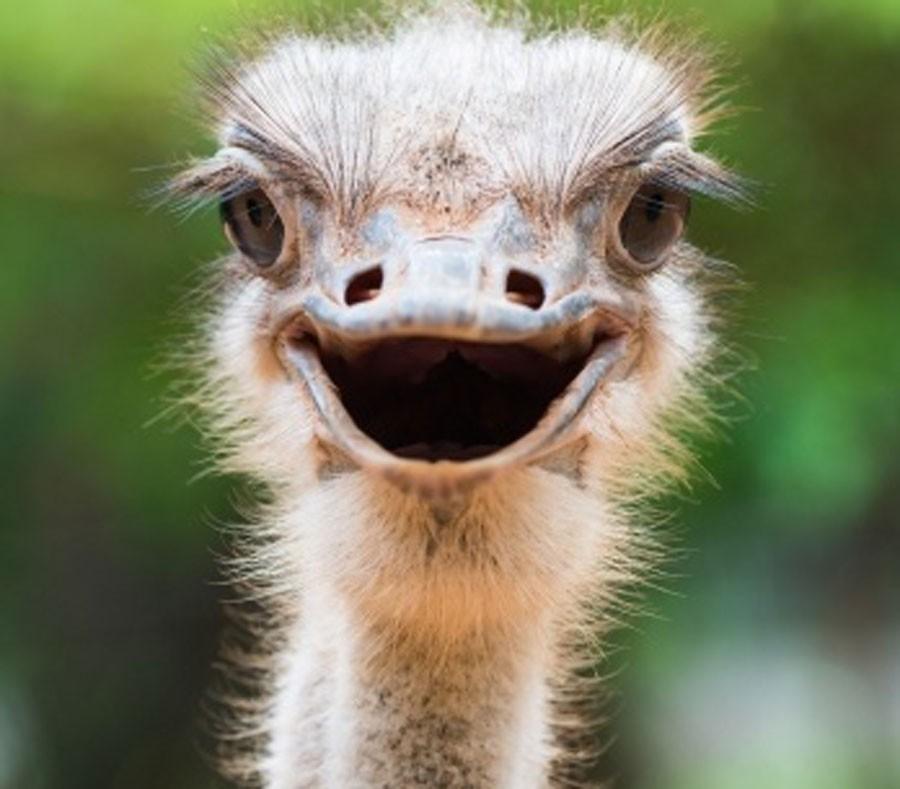The Science of Cute
December 9, 2015
What’s cuter, a Labrador or a Labrador puppy? Most people agree that baby animals are cuter than their adult counterparts. But why is this? What is it about a baby panda that makes people go absolutely berserk?
The dominant theory for the cute phenomena, according to Jodie Tyler of How It Works magazine, writing with Victoria Woollaston on dailymail.com, is the “baby schema,” meaning that when we see a baby animal, our brains automatically try to find similarities between our young and the animal young.
This also occurs with human babies — we look at babies and try to find similarities between them and ourselves. When we find these similarities, our brains emit dopamine, the chemical responsible for the feeling of happiness.
Cuteness stimulates a part of the brain known as the mesocorticolimbic system. According to Tyler, this is the area of the brain that gives us motivation. This is why we feel the need to care for and protect babies when we see them. Features such as large eyes, chubby cheeks and a small chin are all things that we look for in baby animals to compare to our young.
Since the feeling of dopamine is pleasant, our brains remember what caused those feelings. Woollaston writes, “This reaction is so ingrained in our brains that it can be triggered by other things, such as a cute insect, or even inanimate objects with certain features that trigger our ‘cute’ response.”
But in the animal kingdom, cuteness may be a survival need for some animals. For animals that need nurturing and care when they are young, cuteness is nothing less of a necessity, according to Tyler. The dopamine that is released in our brains when we see something cute is also connected to a reward system. This means that when we see something cute, we want to keep it around so we can continue to get that reward.
“This is why our kids need to be cute and why we need to find them cute,” says Tyler.
